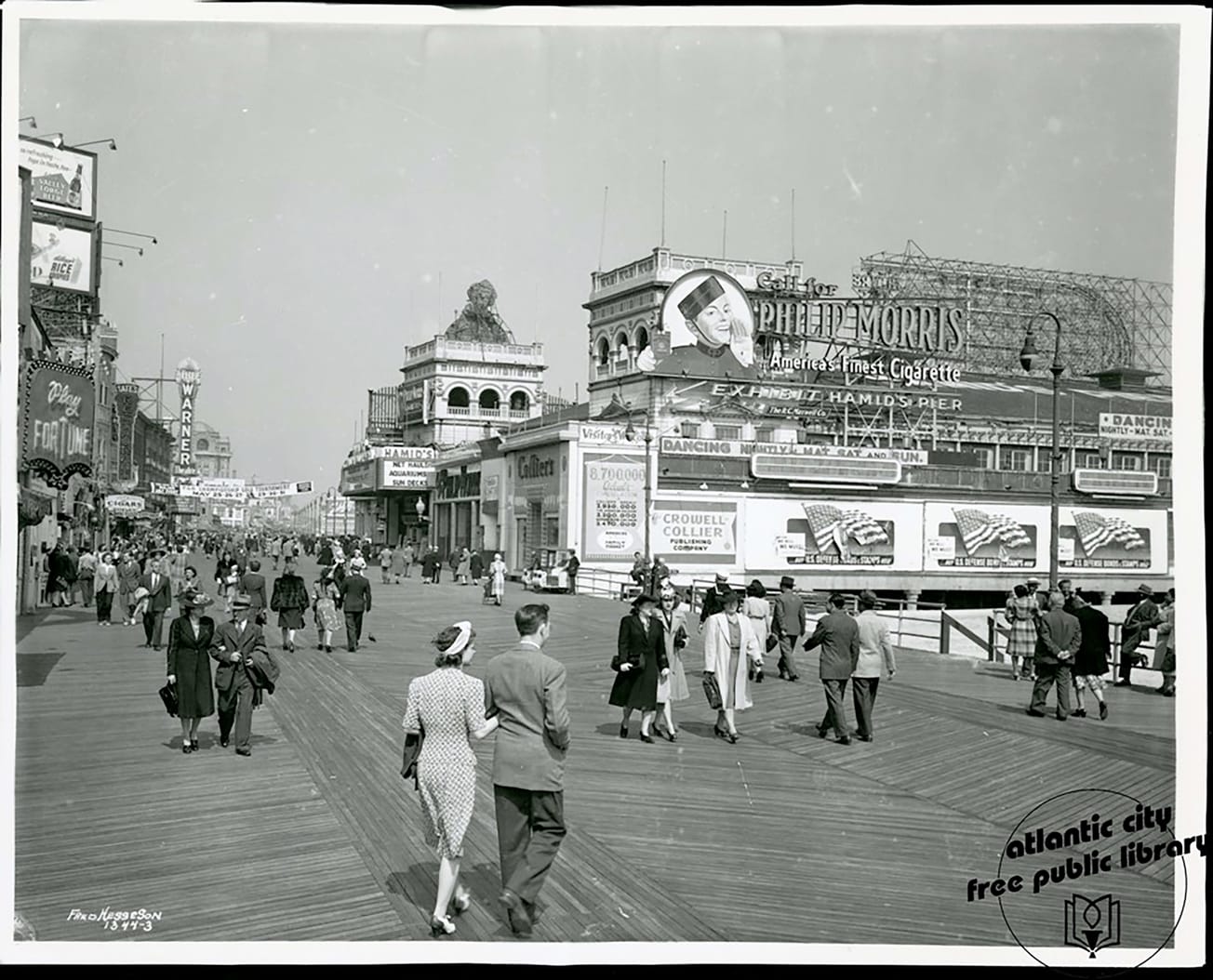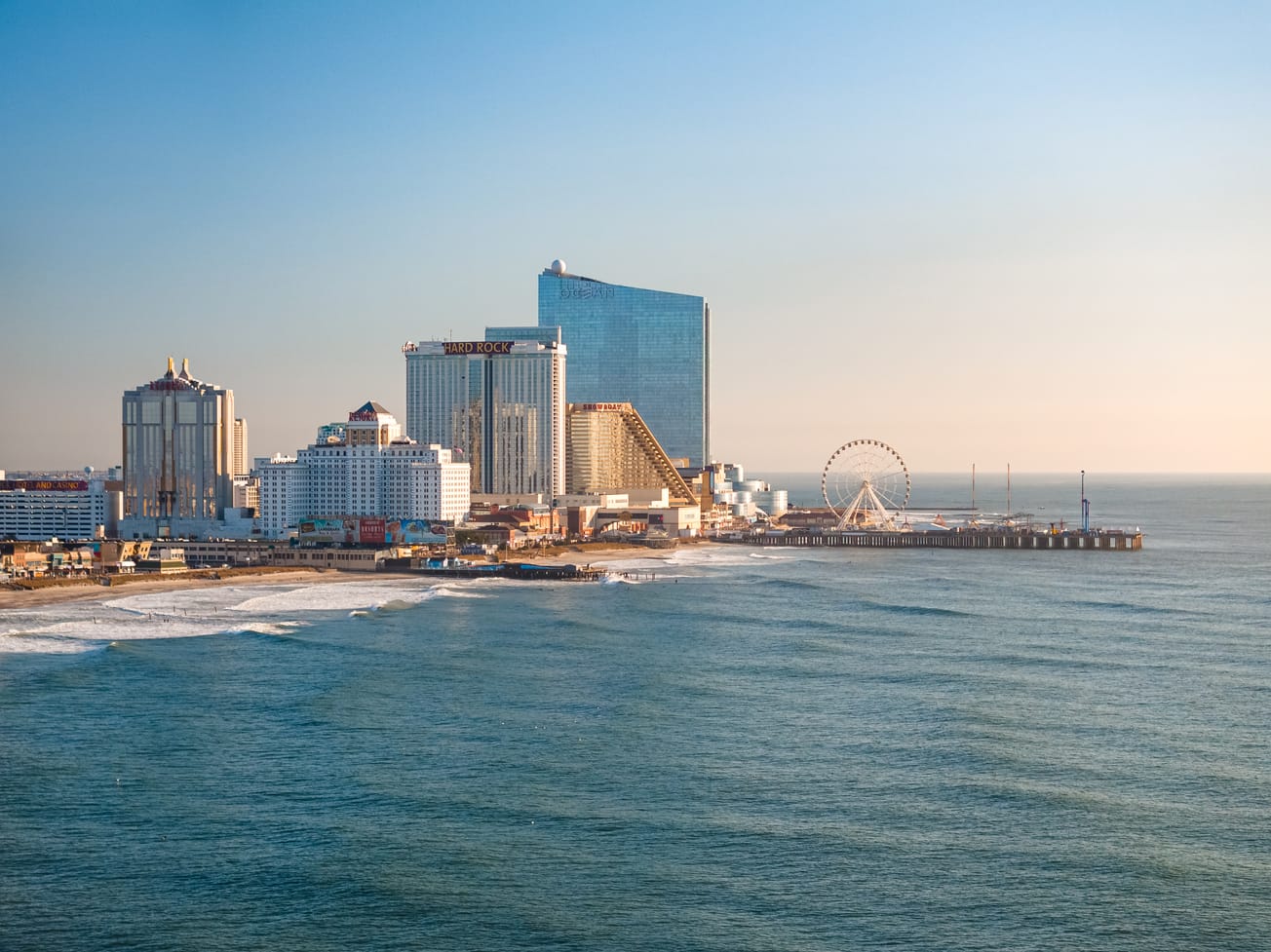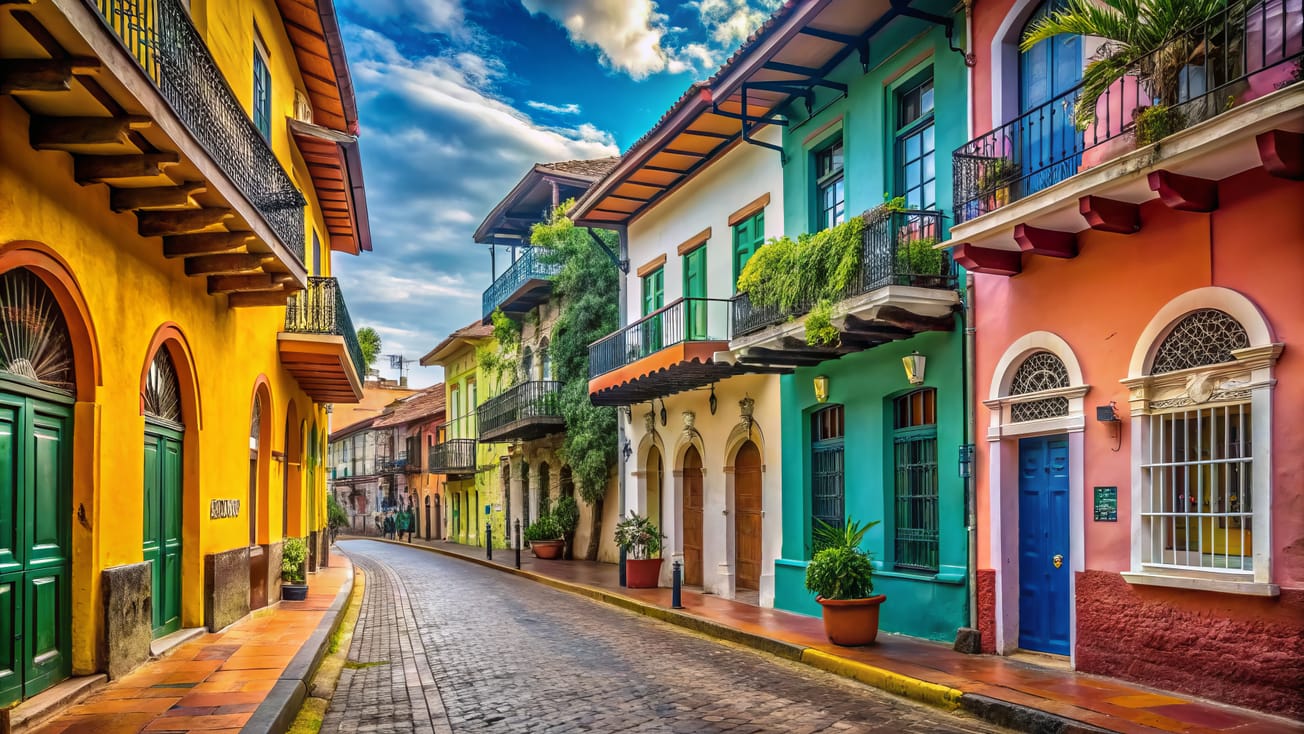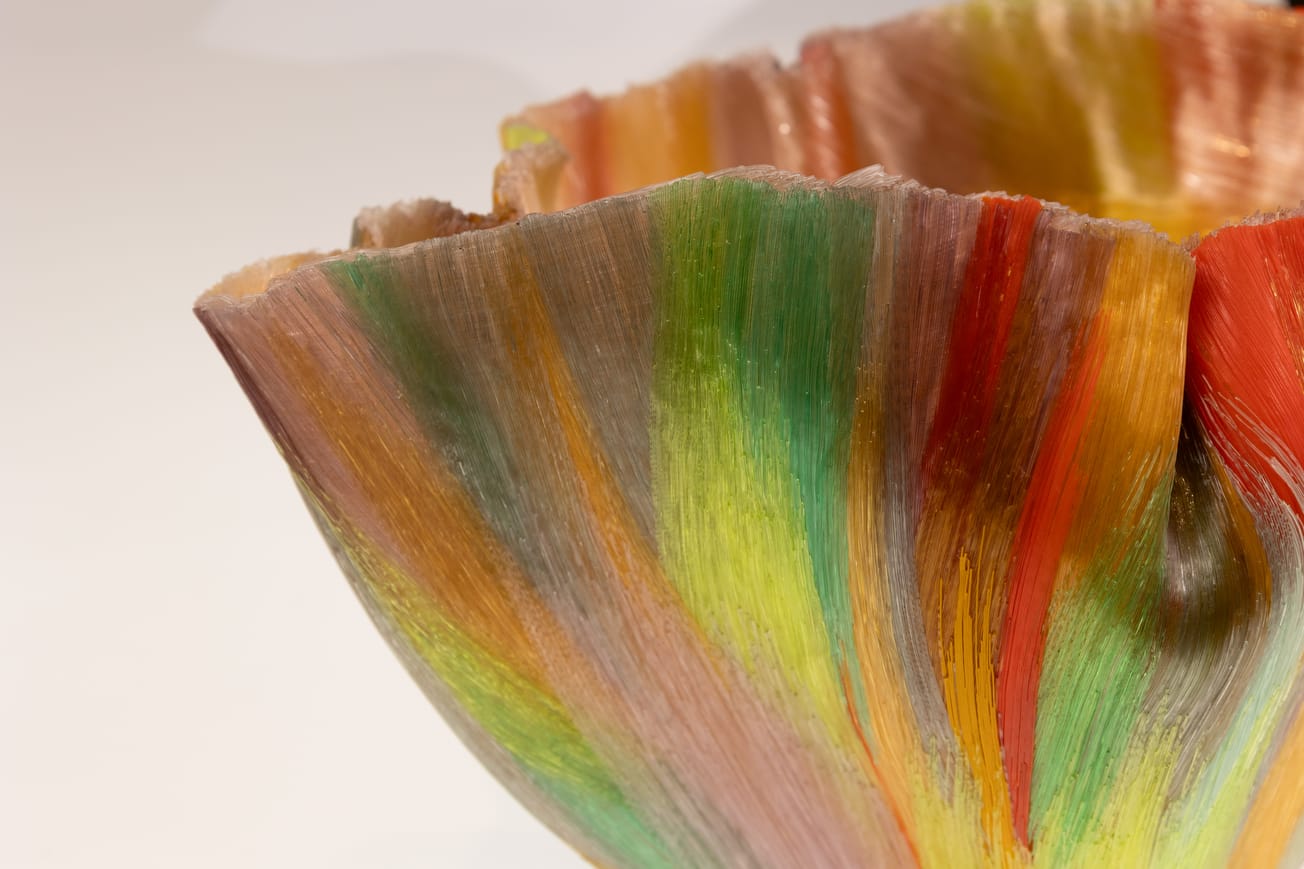By Sherry Hoffman
Ever since visionary entrepreneurs booted the Absegami Indians off the island and out of their swampy, mosquito-infested summer homes in the mid-19th Century, Atlantic City has found seemingly endless ways to put itself on the world stage.
Originally developed as a restorative resort where the sickly could get well by filling their lungs with healthy ocean breezes, the original re-settlers quickly discovered there was even more money to be made by pandering to the healthy and wealthy.
As a city grew out of fields of phragmites, so did ways of attracting the attention of the curious masses.
In addition to hotels that offered guests three types of running water in which to bathe – hot, cold, and salt pumped right out of the ocean – clever promoters came up with a seemingly endless series of stunts, gimmicks and one-of-a-kinds, many of which led to lots of firsts, biggests, onlys, and world records.
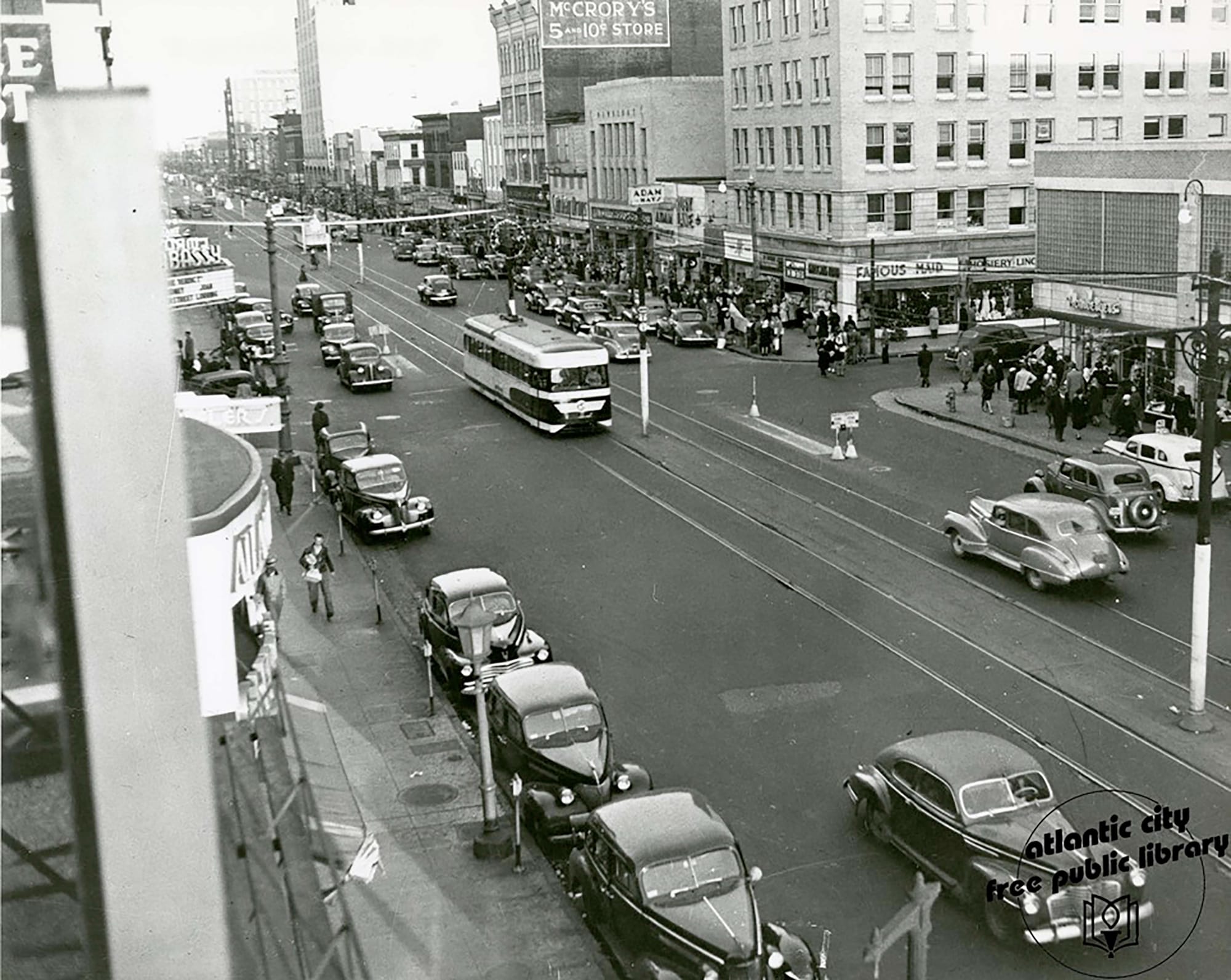
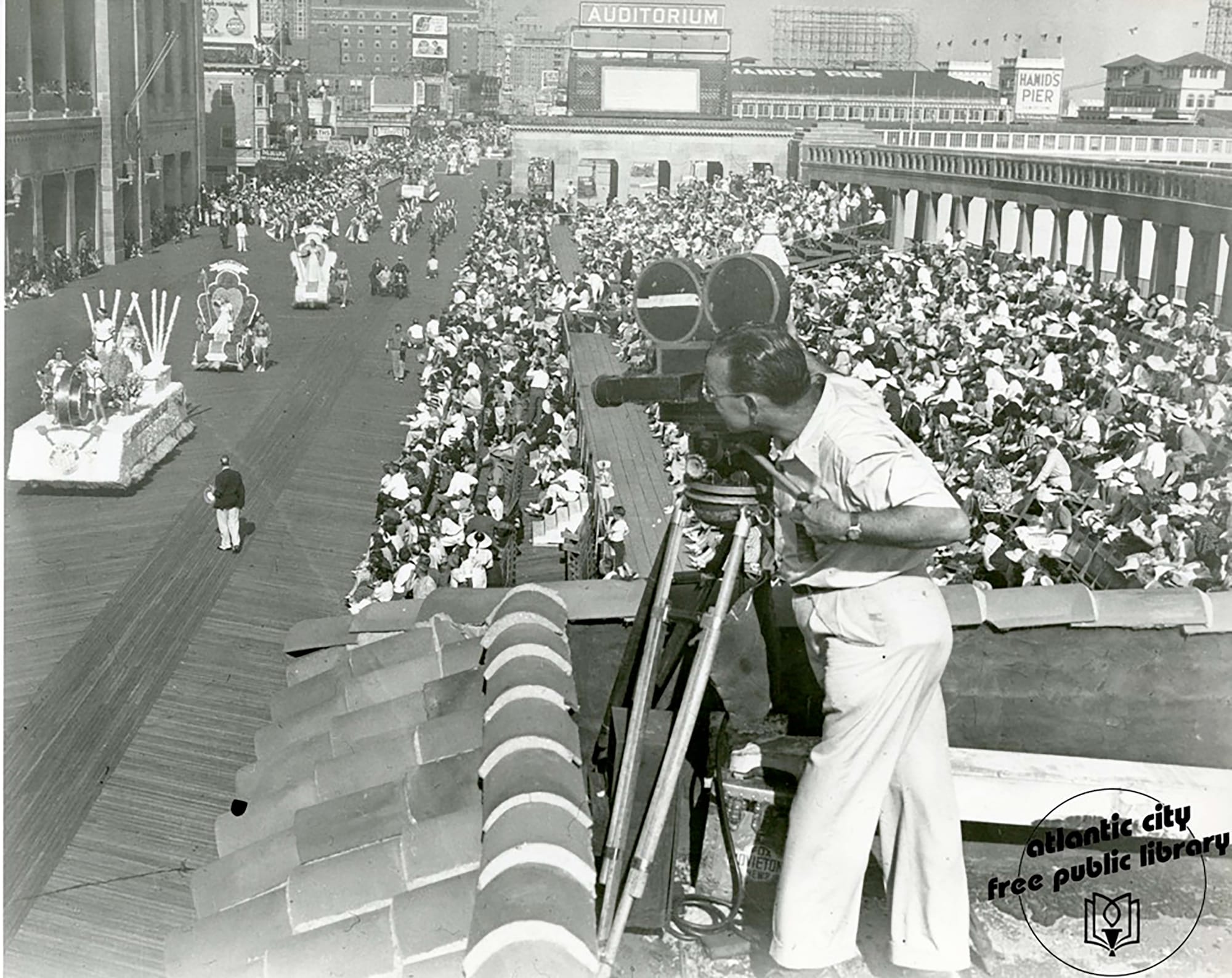
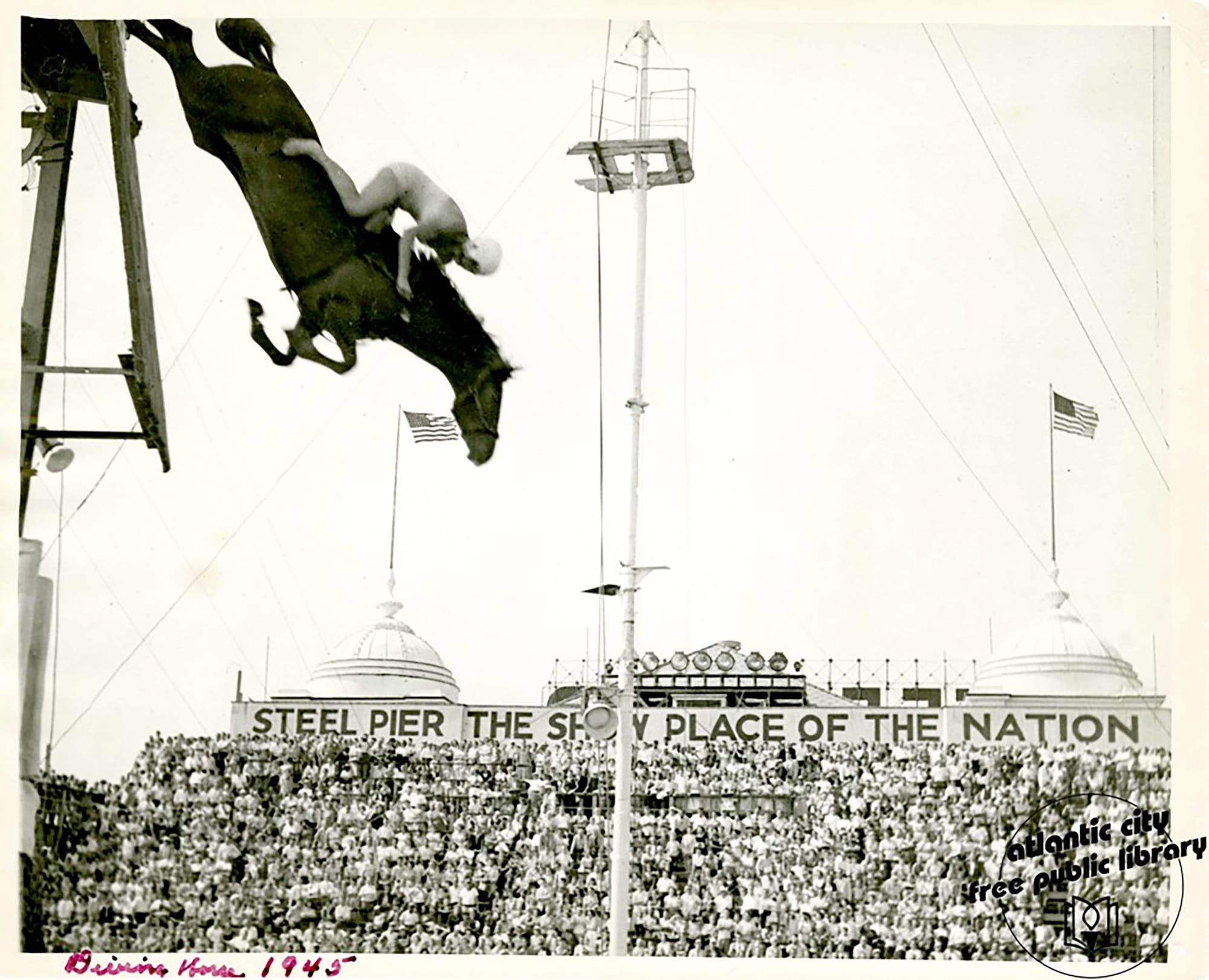
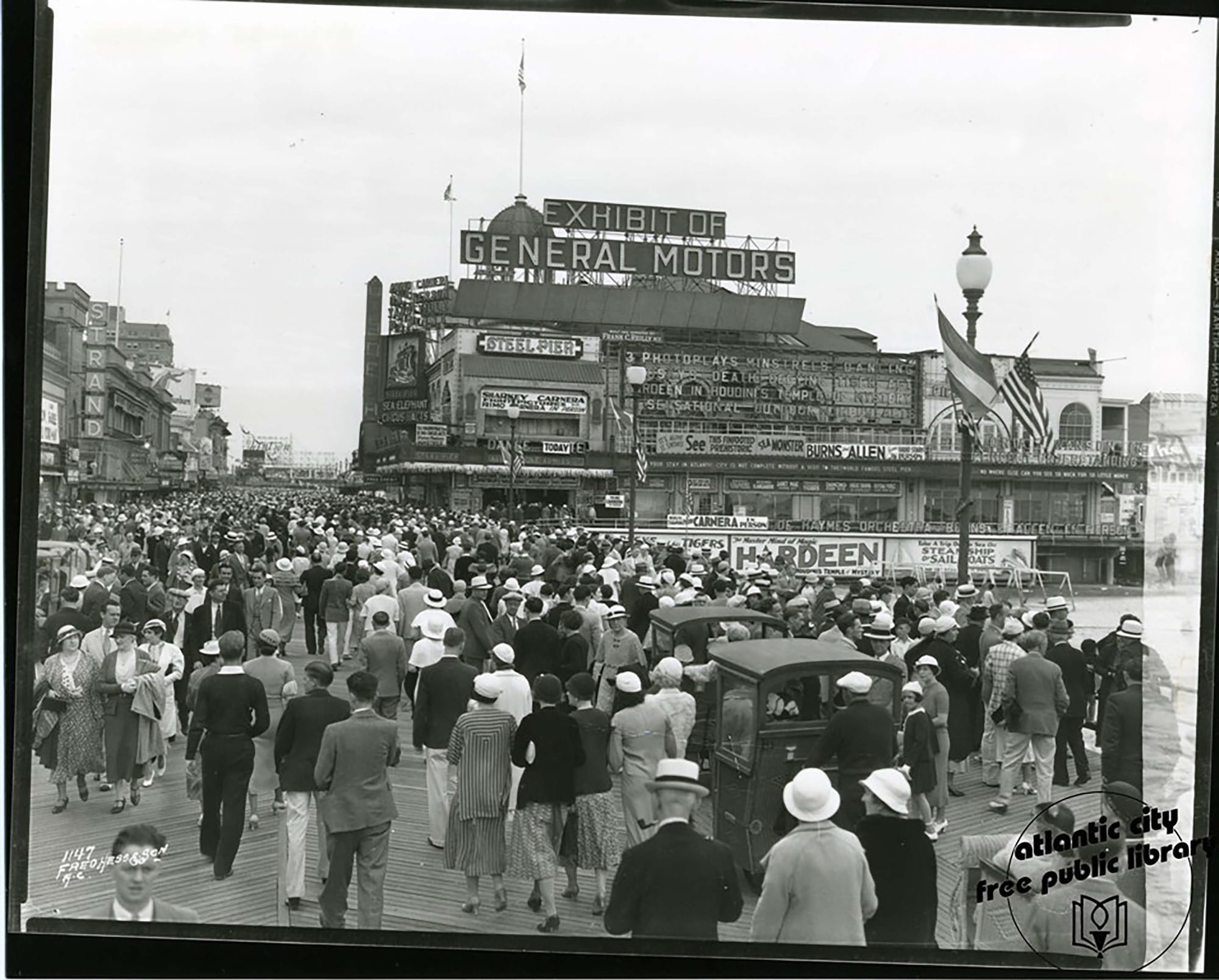
Photos courtesy of Atlantic City Public Library
Here’s our look at just some of the things that made Atlantic City the world’s playground:
Atlantic City probably never would have evolved into the destination resort it is today without its single biggest and most significant manmade attraction: the world’s first Boardwalk. If you consider the city a giant bicycle wheel, then the Boardwalk was the center out of which all spokes grew. The original wooden way was first laid down in 1870 and was merely a series of planks temporarily laid across the sand in the summer (and packed away in the winter). Its origin can be traced to a hotel owner and a grumpy train conductor. Their intention wasn’t to use the “board walk” as a home for commercial enterprises designed to separate tourists from their money. All they wanted to do was keep people from tracking the damned sand into the hotels and onto the trains, where it had to be swept away every day.
Over the next 30 years, the Boardwalk – it’s a proper name because it’s technically considered an Atlantic City street – was widened, elevated, railings were added, the familiar herringbone board pattern emerged and businesses sprang up on both the land and beach sides. Soon, other seashore communities began adding boardwalks of their own – Wildwood, Ocean City, and Coney Island. The concept spread overseas, too; many a visiting British entertainer has said the Atlantic City Boardwalk reminds them of the one in Brighton, England. “Except you people have the ocean on the wrong side,” the late Davy Jones of the 1960s band The Monkees once quipped during an interview.
In 1978, the Atlantic City Boardwalk added another first to its resume; it was where the first legal casino east of the Mississippi River would open – right on the world’s first board walk.
In 1910, just seven years after the Wright Brothers flew the world’s first airplane on a North Carolina beach, a facility opened on Albany Avenue that offered a place where airplanes could land and take off from a runway and seaplanes could do the same from the bay waters that surrounded field. In 1919, the term “air-port” was first used to describe what was known then – and is still today – as Bader Field. Eventually, the hyphen was dropped and Bader Field became the first facility to use the term “airport.”
The medical field can claim Atlantic City as a first, and not for what you might think – the incubator baby exhibit on the Boardwalk. No, that distinction went to Coney Island; Atlantic City – never one to allow another resort to have a monopoly on making money – merely capitalized on a sure bet when it copied the incubator baby display.
But medicine can claim that the first surgery on broadcast television took place in Atlantic City in 1949. Operations performed at the Atlantic City Hospital (now AtlantiCare Regional Medical Center) were broadcast – in color, no less – to doctors attending the American Medical Association’s annual meeting at Convention Hall (now Boardwalk Hall) and were televised on stations in New York and Baltimore, where some viewers reportedly fainted when they watched the actual surgeries.
Not all of Atlantic City’s firsts date back decades. In 1992, the rap group Detroit’s Most Wanted shot the first rap video ever filmed in a casino when it made “The Money Is Made” at Trump Taj Mahal.
Atlantic City has seen more than its share of “biggest” and “largest” attractions and stunts, too.
For instance, anyone who wanted to see the world’s largest typewriter could find it on the former Garden Pier. The Underwood typewriter was 1,728 times larger than standard size machines of its type. It was so big promoters would often have women sitting on the keys, and it remained a Boardwalk attraction until World War II, when it was scrapped for metal.
One of the most stubbornly enduring attractions in Atlantic City since the early 1930s has been the largest organ in the world, the Midmer-Losh pipe organ in Boardwalk Hall. Although it was damaged by the Hurricane of 1944 and was never completely repaired, portions of the organ, which officially has 33,112 pipes, have been restored and it is mostly functional today. Efforts are underway to raise the millions of dollars needed to fully restore the massive instrument, which is so big it has four listings in the Guinness World Records.
The organ’s home, now known as Boardwalk Hall but originally built in the 1920s and opened as the Atlantic City Auditorium before becoming Convention Hall, had a remarkable run of its own. When it opened in 1929, it was the world’s largest building without roof posts or pillars.
With a vaulted barrel ceiling that topped out at nearly 140 feet, a 13-story building could fit inside the hall. In fact, the room was big enough to actually accommodate a helicopter, and indeed a Bell Jet Ranger helicopter took off, made a short flight around the room and then landed inside the hall.
And for those who thought the Astrodome in Houston was the first indoor stadium for football, think again. The 1964 Liberty Bowl between the University of Utah and the University of West Virginia was played inside Convention Hall. (Utah won, 32-6.)
Not all of Atlantic City’s claims to fame are mired in the past, either.
The longest craps roll in the history of gaming happened in 2009 at Borgata Hotel, Casino & Spa. A Morris County, N.J. woman broke the world record when she held onto the dice for a staggering four hours and 18 minutes.
Patricia DeMauro bought into a game for $100 at about 8:15 PM and didn’t “seven out” until just after 12:30 AM the following morning. All told, she tossed the bones 154 times. In a sense of true Atlantic City irony, DeMauro beat the previous record for the longest craps roll – which was three hours and six minutes – that had been set in 1989 at the California Hotel & Casino in Las Vegas, which just happens to be owned by Boyd Gaming, which owns Borgata.
Finally, one of the most enduring records in broadcasting – and one that’ll likely stand forever – was set in Atlantic City.
Prior to his final broadcast last May, each time Pinky Kravitz fired up his WOND-AM 1400 microphone, he merely added to his own record of America’s longest-running daily radio show on one station. Kravitz, who was 88 when he died in October, spent 59 years on radio, with the final 57 at WOND, where he literally logged tens of thousands of hours on the air.
Sherry Hoffman is the owner of Sherry Hoffman Public Relations and has been a contributing Lifestyle writer since its first issue.

